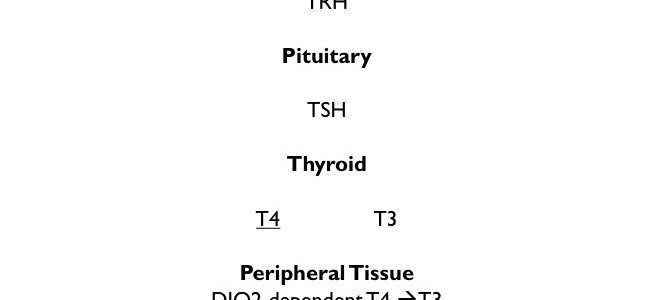Not a surprise when seen through the lens of metabolic efficiency. The very environmental conditions that rewarded one, rewarded the other. And women were the recipient of most of this efficient trait, so says the research.
Hypothyroid is the thrifty spender—physical activity will burn the same calories as someone with higher thyroid output, but while at rest, the hypothyroid trait cools the metabolic burn rate.
Insulin Resistance is the saver—that person that stashes a little extra under the bed and in the bank and in all their pockets. If you save more calories with high insulin and leave some cash in all your pockets like high blood sugar, you will survive the times without the income of calories.
If you have one of the conditions above you should evaluate for the other. Women were more likely to have hypothyroid if they were insulin resistant and be more insulin resistant if they were hypothyroid.
Take home message:
If you have a TSH that is the upper part of the normal reference ranges: 3-6 uIU/mL, you should check for insulin resistance. Insulin resistance can trigger higher TSH levels, and mild hypothyroid can trigger more insulin resistance.
If you have insulin resistance, which is marked by a glucose above 95, a HgbA1c above 5.6, or a HOMA-IR of >1.8 – you should also check your TSH to assess the extent or presence of hypothyroid.
Years ago, I used to try to figure out which condition was primary but now realize they are both perfectly and synergistically working together for survival in a difficult (carbohydrate restricted and physically demanding) world.
Fortunately, the fitness needs are similar for both conditions, no days off and circuit-style exercise—the kind that really heats your body up in a short period of time. Your insulin resistance evaluation should guide your carb intake as described in Step 3 of The Blood Code. Essentially you have to live in a manner that mimics a time when the world was a more demanding place.
Juan J. Díez, J., Iglesias, P. An Analysis of the Relative Risk for Goitre in Euthyroid Patients With Type 2 Diabetes Clin Endocrinol. 2014;80(3):356-361.





Comments are closed.